SUMMARY
This is AI generated summarization, which may have errors. For context, always refer to the full article.
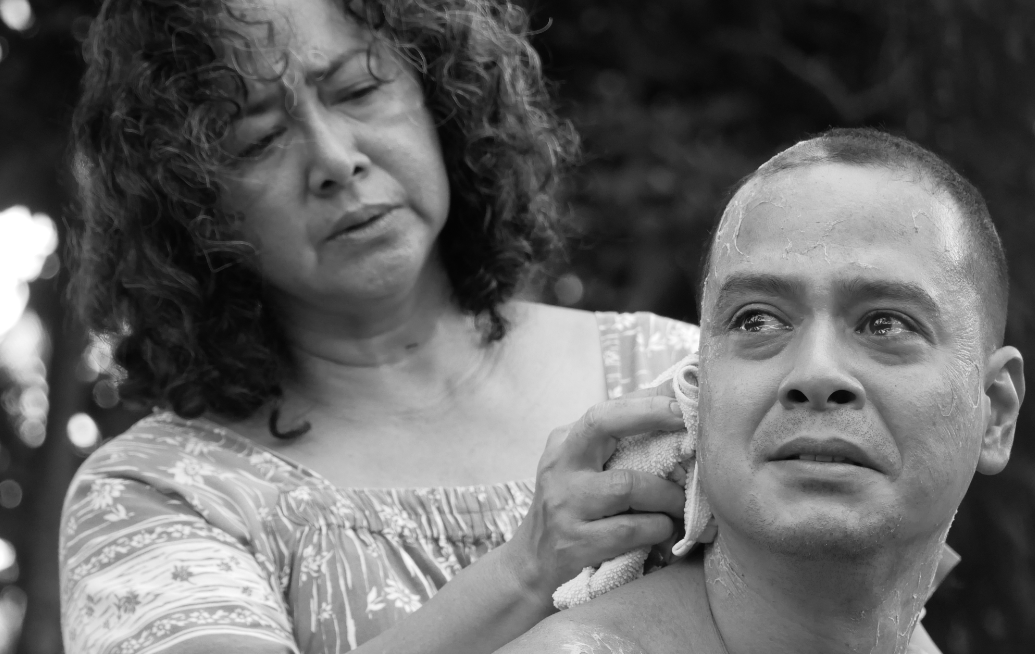
Spoilers ahead.
In July 2016, photojournalist Raffy Lerma’s Pietà, an image that depicts Jennilyn Olayres cradling the lifeless body of her partner and drug suspect Michael Siaron, resembling Michelangelo’s widely celebrated sculpture, made headlines amid former President Rodrigo Duterte’s so-called war on drugs — an image whose veracity has been questioned by no less than the populist leader himself and arguably the most chilling visual account of a bloody and brutal period in contemporary Philippines.
The photograph has recently re-entered the consciousness of the public through the silver screen, particularly in Mae Paner’s documentary Tao Po (2021) and Lav Diaz’s latest work Kapag Wala Nang Mga Alon, which premiered at the 79th Venice International Film Festival’s out of competition section.
In one of the earlier scenes, famed police investigator and instructor Hermes Papauran (John Lloyd Cruz) reads an issue of the Philippine Daily Inquirer, bannering Lerma’s piercing shot, as he meets the photojournalist’s character (Don Melvin Boongaling). As it turns out, the two are close pals. Raffy then narrates how he took the tokhang photo, recalling how Olayres at the time kept pleading for help amid a building crowd, lights from media crews illuminating the couple as if the scene were lifted straight out of a theater play. But he “could do nothing but take more shots,” as Lerma wrote in a column.
Raffy admits that the image still creeps into his mind mainly because of guilt, entering a “realm of hysteria” that he and Hermes later ponder on, albeit in a self-indulgent manner. Another scene precedes this where a media worker calls it quits after a grueling night of documenting dehumanizing realities of Duterte’s anti-drug or, more precisely, anti-poor campaign. “This is Holocaust,” he says.
This moral decay is at the core of Kapag Wala Nang Mga Alon as the film chronicles the internal turmoil between its protagonists. Hermes has mysteriously developed a severe skin disease, turning into flesh the depravity he finds himself in after perpetuating the Duterte regime’s reign of terror. On the other hand, his former mentor and cop Supremo “Primo” Macabantay (Ronnie Lazaro) is now seeking retribution after having been released from a ten-year imprisonment due to an investigation led by Hermes himself.
Shot in 16mm monochromatic film, Diaz and cinematographer Larry Manda essentially craft a compulsive spiritual drama contained in Diaz’s signature static, extensive shots. Like the rest of the auteur’s body of work, the film brims with images of waves and water, capturing the cycles of violence that have long seeped into the sad, if not dead, republic that is the Philippines – how the political tides have never really turned and how institutions remain warped and corrupted, as if God has finally abandoned us. “In the history of mankind, He is the greatest in hiding,” says Hermes’s sister Nerissa (Shamaine Buencamino).
It’s no surprise that Kapag Wala Nang Mga Alon banks on political relevance and open defiance, incorporating details from the tokhang operations and the cases of enforced disappearances that have been commonplace in the previous administration so much that it makes one to become desensitized to violence.
So knitting a cop-vs-cop story is, to say the least, a bold narrative choice. An audience member raised this sentiment during the post-screening Q&A portion at Gateway Cineplex. “I think it’s a balanced take,” says Hazel Orencio, one of Diaz’s frequent collaborators. “May humanity rin ang mga kapulisan (The police also have humanity), and I think that’s what the film intends to bring.”
This humanity is indeed depicted in the film, but it runs in parallel with the lead character’s devil-may-care attitude – how Hermes would beat to death the secret lover of his wife and later call for an ambulance after seeing the man’s kid crying for help, and how his friendship with Lerma has made him more self-aware of Duterte’s culture of impunity yet continues to take matters into his own hands.
The previous statement poses a danger precisely because it dilutes, whether wittingly or unwittingly, the violence that has become synonymous with the existence of the police and military force, especially under a fascist regime with a “kill, kill, kill” rhetoric. The police cannot claim and preach humanity when it is the very thing they deny their victims of. Lest we forget, cinema, like anything else, can also be a site of complicity. But, with a cinematic language informed by history and social analysis, Diaz does not fall into this tricky web.
Diaz situates his characters into their idiosyncrasies, at times in a preachy way, but he does not use them as excuses to sideline what they have done and enabled as people of authority, highlighting how a little taste of power can mangle even the purest of intentions.
Yet despite its earnestness and rather grim, cold setting, Kapag Wala Nang Mga Alon manages to inject humor in unexpected moments, thanks to the disarming performance of Lazaro, whose Primo is sinister in one moment but undeniably beguiling the next. This personality is best portrayed in scenes where Primo dances in his room, without music whatsoever, only his delusions and eccentric dance moves. The way he gyrates his hips ever so slightly is enough reason to make the audience inside the cinema crack up whenever he appears on screen. And of course, it’s impossible to sleep on how he baptizes and cleanses the souls of random people in the way that only self-righteous and self-professed saviors do. Lazaro’s grasp of his character makes for a twistedly entertaining viewing experience.
But when the hilarity dies down, the sickness charges like the high tide. In a sense, Kapag Wala Nang Mga Alon is an admission as much as it is a story of resistance against the political current – about how sorrowful our past was, our present is, and possibly even our future will be; how social structures allow injustices to be present at every turn; and how communities can become accustomed to this network of neglect.
The final scene says it all: when the dead bodies of Hermes and Primo are openly displayed on the cold pavement near a harbor in broad daylight, passersby see them but choose to turn their backs, not wanting to be involved, not wanting to be caught in a system rigged against them. – Rappler.com
Kapag Wala Nang Mga Alon was part of the Special Screenings section at the recently-concluded QCinema International Film Festival.
Add a comment
How does this make you feel?

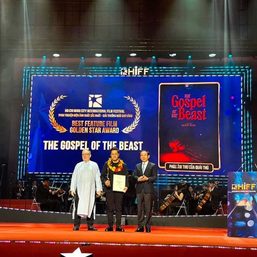
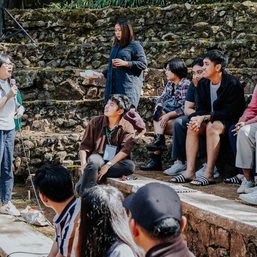
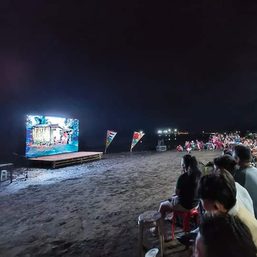
![[Only IN Hollywood] Eugene Domingo steals show at Manila International Film Festival](https://www.rappler.com/tachyon/2024/02/MIFF2024EugeneDomingoJokingkyAsksForAKissByDingdongDantesBeforeAnnouncingBestActorWinnerBySthanleeBMirador1.jpg?resize=257%2C257&crop=163px%2C0px%2C955px%2C955px)
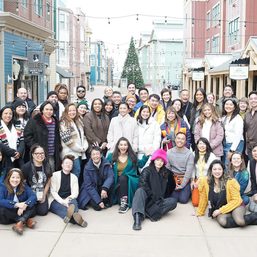
There are no comments yet. Add your comment to start the conversation.